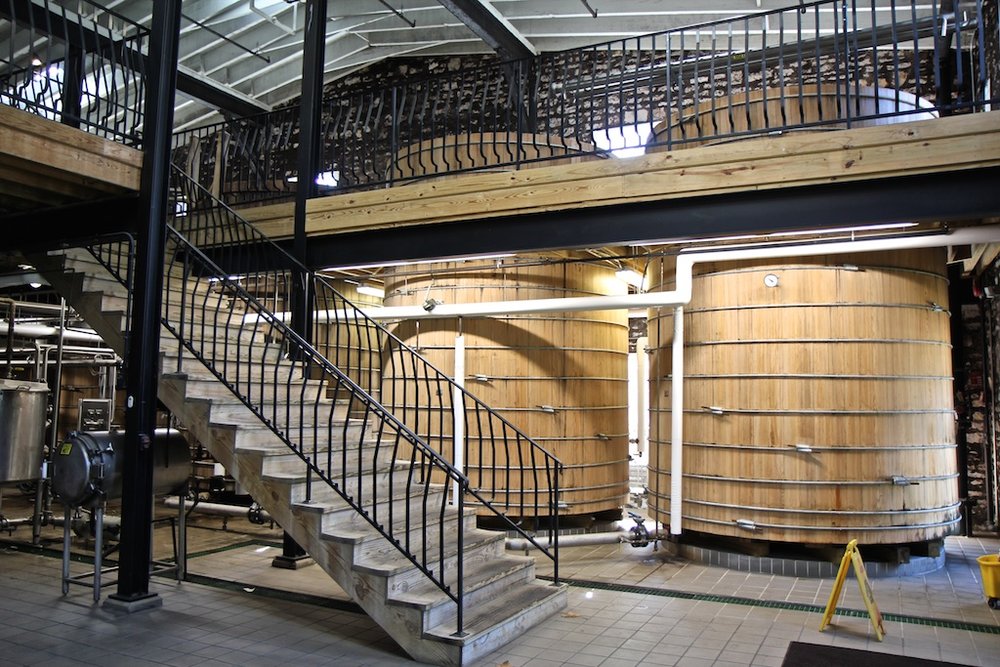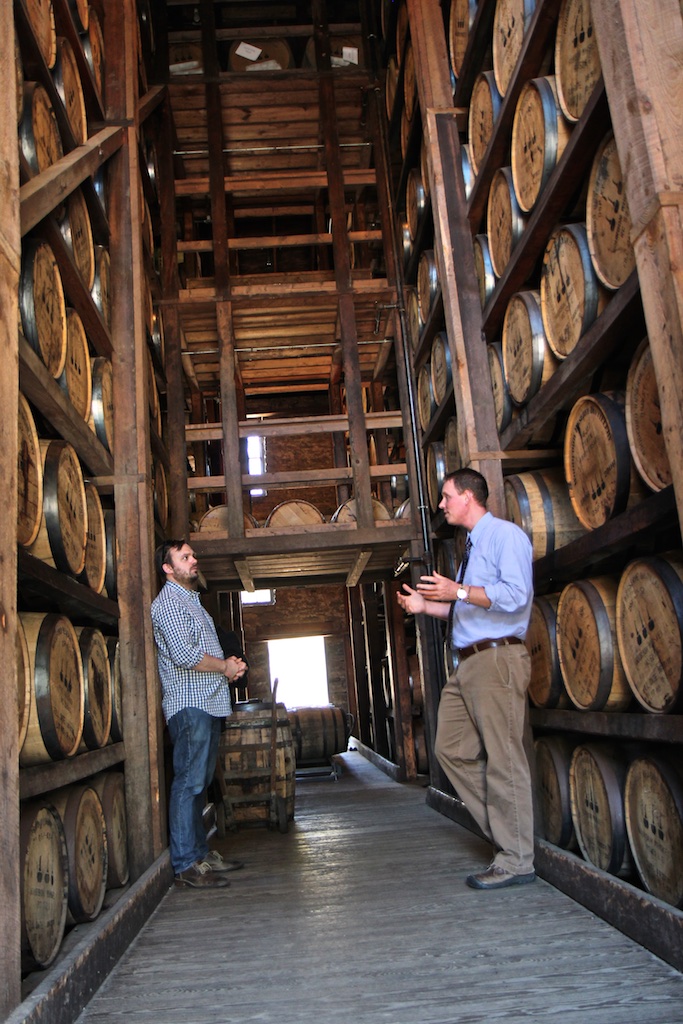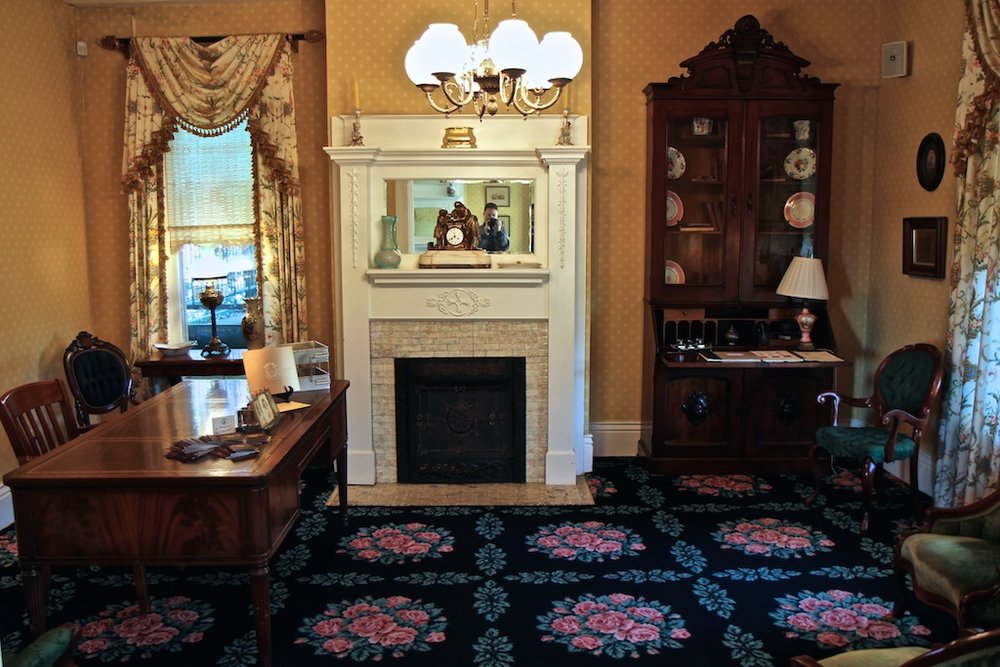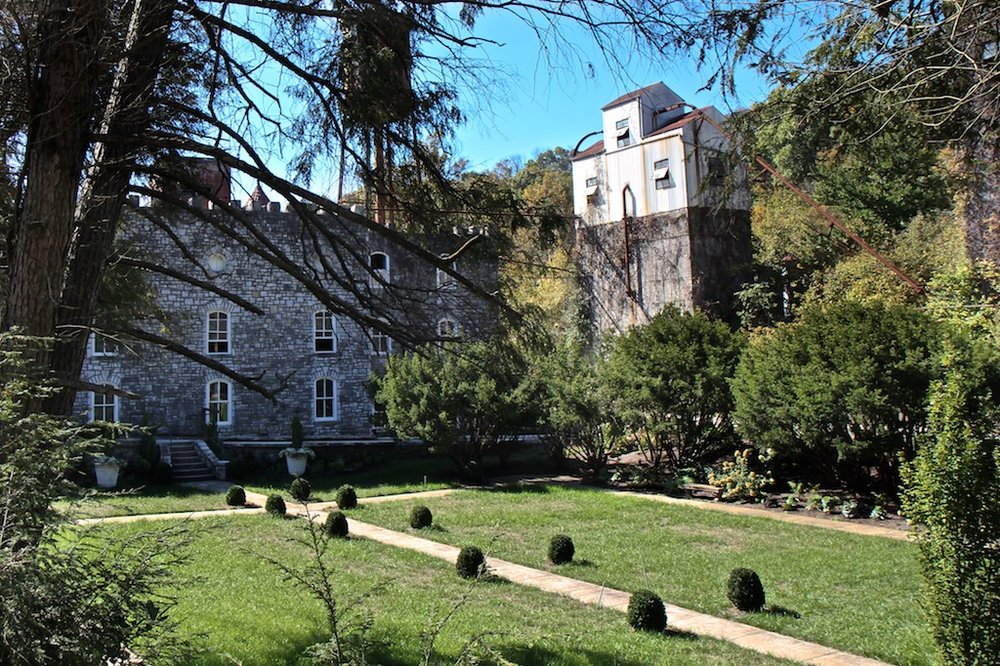Kentucky in Review: The Aesthetics of Whiskey

Every now and again I’ll sarcastically challenge the puritanical whiskey drinkers out there to be “all about the quality of the liquid”, mainly because in my mind it’s neither possible nor desirable to be entirely flavor-focused as an aficionado. While it’s romantic to think that discerning drinkers always value quality over beauty, flavor over age statements, and the actual liquid more than the package it comes in, statistics show this reality just isn’t true. Just like studies show that good looking people tend to get treated better in life, and cute puppies get adopted faster than scrappy ones, there’s no denying the biological fact that human beings are influenced by aesthetics. We may not all be drawn to the same visual stimuli, but it would be foolish to believe image doesn’t play a role in how we appreciate pleasure. Whiskey companies are well aware of this phenomenon (at least successful ones are). They know that marketing is half the battle and that—as Wild Turkey recently showed with their new Russell’s Reserve label—keeping the package hip, up-to-date, and aesthetically-pleasing is of the utmost importance.

But it’s no longer just about packaging these days. With whiskey tourism at an all-time high, distilleries are scrambling to capitalize on a new enthusiasm and provide visitors with the best possible experience—most of which involves curation. Most of them are doing a great job. I’ve been to more than seventy different distilleries all over the world and, about 70% of the time, I leave with a positive impression (mainly because everyone treats me really nicely). That being said, there are times when I visit heralded distilleries known for top-quality booze and I leave a bit disappointed—usually because of what I experienced visually. While I’m indeed a trained (and paid) whiskey professional, there to learn all the production details and processes as to better sell the products in my stores, I’m still a customer at heart. I’m visiting for business, but also because of my love and enthusiasm for alcohol. Most customers, in my opinion, choose to visit a distillery based on their love for that particular distillery’s products. They’re hoping to reinforce an already positive association with a positive first-hand experience (like when people meet celebrities and say, “He was as nice as he appears on TV!”). It’s the reason that Brown-Forman wants you to visit the pristine fermentation room at Woodford Reserve: because it’s clean and well-designed. It’s also the reason they make sure you don’t go anywhere near the one at Early Times: because it probably isn’t. And I don’t blame them one bit.

When you visit a whiskey distillery, you’ll almost always see the inside of one warehouse and one warehouse only. They’ll tell you it’s for safety reasons (which it very well may be), or health codes, or something like that, but it’s really because they only have one warehouse that’s been cleaned and readied for guests. Whiskey conspiracists like to think access is restricted at distilleries because these companies don’t want you to know what’s really going on (wink, wink), but ultimately the reason they don’t let the public into the other warehouses is because they’re often filthy, infiltrated by cobwebs and spiders, and musty or dank. It’s the same reason beef companies don’t advertise tours of the slaughterhouse—they don’t want anyone to potentially lose their appetite. Controlling one’s image is an important tool in the business world and by doing so it doesn’t necessarily mean a brand is being dishonest about its practices. It may simply imply that they care about aesthetics. For example, if you come over to my house for drinks, we’re going to hangout in my living room because that’s the room I’ve decorated and cleaned before your arrival, and I want to make a good impression when you visit. However, I’m not going to let you into my bedroom—even if you beg me to show it to you—because it’s usually a mess and I don’t want you to see my dirty underwear lying on the floor everywhere. I’m not hiding anything. I just don’t want you to think I’m a slob.

Of course, in today’s whiskey market where everyone’s an expert there’s a tendency to think anything with a fancy package is likely a scam—like putting a shiny red ribbon on a steaming piece of shit. That can be true at times (I can think of a few terrible products with great packaging), but celebrating the inherent beauty of something doesn’t necessarily imply a lack of quality (just like people can be both handsome and intelligent). Maker’s Mark, for example, has a breathtaking campus, complete with access to the old Samuels house that has been impeccably kept up to look like its original condition. The rooms are beautiful and decorated with much of the original furniture from the era. I know people who think extra exhibits like this at a distillery constitute as whiskey Disneyland, but I have to ask in response: if you’re a historic Bourbon producer with a legacy of greatness, why not celebrate that authentic history and present it to potential customers when they visit? The story of Maker’s Mark, in my opinion, is inseparable from the flavor of the whiskey itself. Visiting the site and seeing that heritage in person only further links those two important connections in my mind. That’s not marketing fluff in my opinion—it’s all part of aesthetic curation. Pardon my French, but it’s fucking smart.

The construction currently happening at the once-abandoned Old Taylor distillery is finally coming along, and by simply driving up to the front gate you can see where the attention is being focused. When we visited the old site a few years ago, we were hopping fences, dodging pot holes, and trying to avoid getting tetanus. Today the newly-revamped buildings are scheduled for opening in spring of 2016, despite the fact that we didn’t see any equipment installed in the main center, nor did the framework look anywhere near complete. What did look fantastic, however, were the distillery grounds, refurbished with new windows and landscaped with new lawns in the outside garden. It was an incredible transformation in just the span of two years and it’s clear that the new owners are thinking far beyond the simple quality of the whiskey they plan to produce. They’re getting ready for a full-fledged tourist attraction and, with a distillery that beautiful, who can blame them?

With the reverence today’s drinkers have for their favorite whisky distilleries—many of whom are making pilgrimages to worship at these hallowed grounds—it’s no wonder that today’s houses of distillation have turned into far more than simple places of production. Distilleries have become temples for the faithful, a beacon for those who believe, and as many of us experienced on our first trips through old Europe: the most beautiful buildings in the world are often churches. It therefore makes sense for brands to begin treating them as such—to give their flocks of followers the communion they’re searching for. Distilleries today are taking pride in their places of work, shining up their stills, and even commissioning art work to add aesthetic beauty in the most-unique of places. Maker’s Mark, for example, hired a Seattle glassblower to create an exhibit in the ceiling of their main warehouse. The light pours in from above, illuminating various hues down to the floor below. It’s the Kentucky distillery version of a stained-glass window—a kaleidoscope of church color in the midst of the Angel’s share.
What does the presentation of modern art have to do with whiskey, some may ask? Everything, actually. Art is the physical manifestation of passion and inspiration. If nothing else, the modern aesthetics of whiskey are simply a sign that, more than ever, people actually care about what they’re drinking—to the point that they’re willing to create something beautiful to celebrate that love. You can scoff at that if you want to, but true passion isn’t the result of a singular focus. Flavor freaks are like savants, in my opinion—they’re brilliant, but often off-putting and aloof because they fail to grasp life’s larger meanings. Appreciation, on the other hand, is more like faith: it takes many forms.
-David Driscoll
